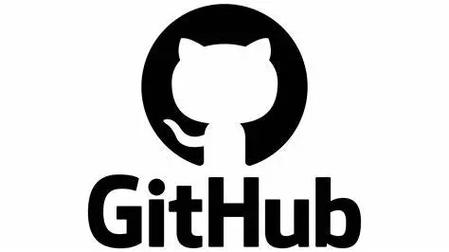GitHub.com: A Comprehensive Guide
GitHub.com, a platform that has revolutionized the way developers collaborate and share code, is more than just a repository for source code. It’s a hub of innovation, a marketplace for ideas, and a community of like-minded individuals. In this detailed guide, we’ll explore the various aspects of GitHub.com, from its history to its features, and how it can benefit you as a developer or a user.
History of GitHub
Launched in April 2008, GitHub was founded by Tom Preston-Werner, Chris Wanstrath, and PJ Hyett. The platform was born out of the frustration of the founders with the existing version control systems. They envisioned a platform that would make it easier for developers to collaborate, share code, and contribute to open-source projects.

Features of GitHub
GitHub.com offers a plethora of features that cater to developers of all levels. Here are some of the key features:
-
Source Code Management: GitHub provides a robust platform for managing source code, allowing developers to track changes, branch, and merge code with ease.
-
Collaboration: With GitHub, developers can collaborate on projects in real-time, making it easier to work together, regardless of location.
-
Open Source Projects: GitHub is home to millions of open-source projects, making it a great place to find and contribute to projects that interest you.
-
GitHub Actions: This feature allows you to automate workflows, build, test, and deploy your applications directly from GitHub.
-
GitHub Packages: A package registry that enables you to publish and share your packages with the community.
GitHub’s User Interface
GitHub’s user interface is intuitive and user-friendly, making it easy for developers to navigate the platform. Here’s a brief overview of the key components:
-
Dashboard: Your personalized homepage, where you can see updates from the repositories you’re following, notifications, and more.
-
Repositories: These are the projects you’re working on or contributing to. You can create, fork, and clone repositories here.
-
Issues: A place to track and discuss bugs, feature requests, and other issues related to your projects.
-
Pull Requests: A way to propose changes to a project. You can review, discuss, and merge pull requests here.
GitHub’s Community
GitHub is not just a platform; it’s a community. With millions of users from around the world, GitHub is a place where you can connect with other developers, share your knowledge, and learn from others. Here are some ways to engage with the GitHub community:
-
Follow Projects: Keep track of projects you’re interested in by following them.
-
Contribute to Open Source: Find open-source projects that interest you and contribute to them.
-
Participate in Discussions: Join discussions on issues, pull requests, and other areas of GitHub.
-
Organize Meetups: Host or attend GitHub meetups in your area.
GitHub’s Security
Security is a top priority at GitHub. The platform offers several features to help protect your code and data:
-
Two-Factor Authentication: This adds an extra layer of security to your GitHub account.
-
Private Repositories: You can create private repositories to keep your code secure.
-
Dependency Scanning: GitHub scans your dependencies for vulnerabilities and provides you with a report.
GitHub’s Pricing
GitHub offers a variety of pricing plans to suit different needs. Here’s a brief overview:
| Plan | Free | Pro | Team | Enterprise |
|---|---|---|---|---|
| Private Repositories | 3 | Unlimited | Unlimited |




